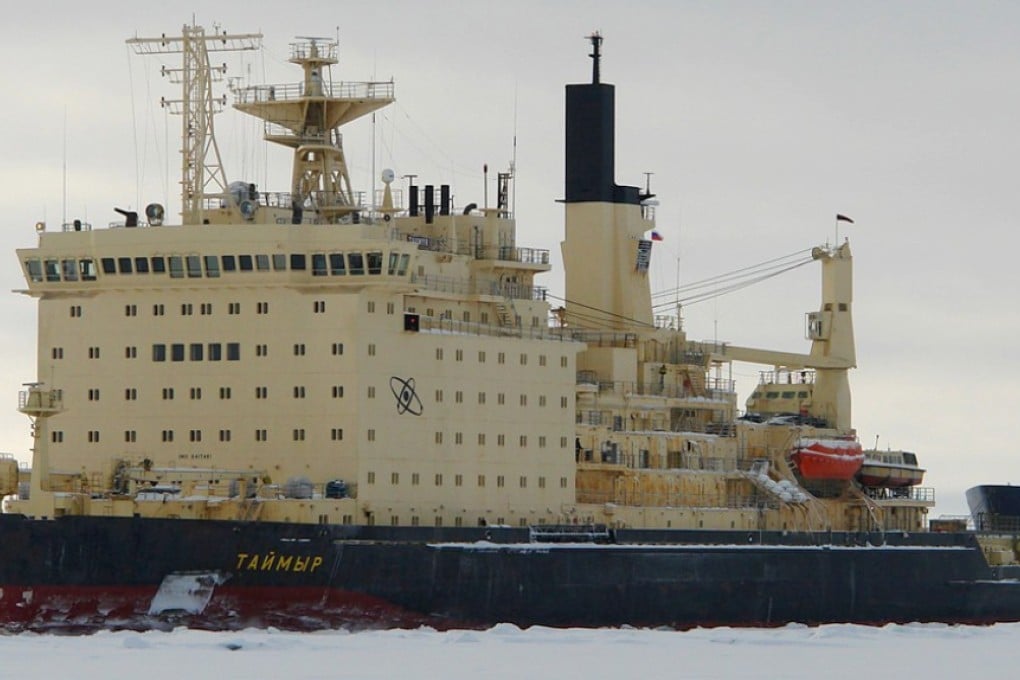Exclusive | Could China’s ‘experimental’ ship be the world’s biggest nuclear-powered icebreaker?
- State-owned firm China General Nuclear Power Group invites bids to build vessel similar in size to Russian nuclear icebreakers
- Project could be stepping stone to building nuclear aircraft carriers

China will soon start building a 30,000-tonne nuclear-powered ship described in the tender documents as an “experimental platform”.
The country does not yet have a nuclear-propelled surface vessel, although its fast-growing navy is widely believed to have nuclear aircraft carriers in the pipeline.
China General Nuclear Power Group (CGN) has invited bids for the contract to build a vessel 152 metres long (498 feet), 30 metres wide and 18 metres in depth, with displacement of 30,000 tonnes (33,069 tons).
The specification is small for an aircraft carrier, but a military affairs expert said it would help develop China’s shipbuilding ability. At present, its only nuclear-powered vessels are submarines.
The deadline for interested parties to tender was Wednesday, with no bids permitted from outside mainland China.